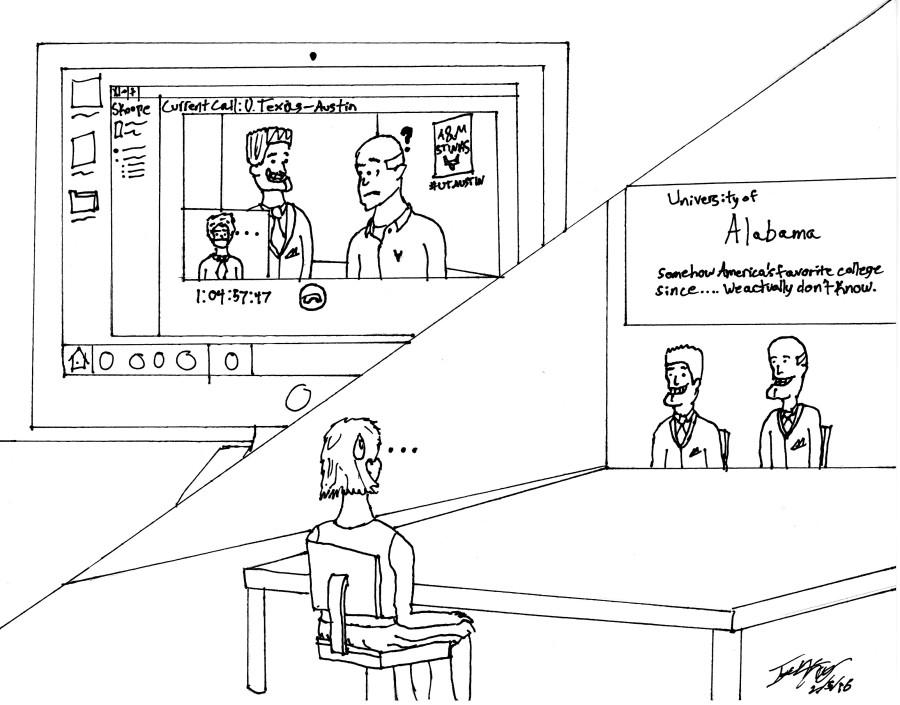Advances in technology affecting job availability
In a world already permeated by the tenets of technology, it’s curious to wonder how far the effects will go in the future. Yet the prophecy of machinery one day ruling and dominating humanity may come sooner than expected, for it already imperils a facet that both individuals and nations cling to for prosperity—jobs.
According to the World Economic Forum (WEF), approximately five million jobs in the leading global economies may perish by 2020 because of advances in technology. The disappearing industries in question account for about 65 percent of the world’s workforce, with operations in administration and non-manual labor being the most at risk.
Though the prospect may seem far-off from the present, one can already observe effects slowly churning today. Companies have begun utilizing robots in the workplace of manual labor, replacing intensive functions and routine tasks common on the supply line. Because of the substantial costs of the machinery, as well as of its application across all stations and factories of a business, automations only hold 10 percent of the working enterprise. However, according to a study done by Bank of America, an international banking and financing corporation, that number will rise to 45 percent by 2025 thanks to rising improvements in artificial intelligence.
Ironically simple for magnitude of the phenomenon, theories for what actually drives the world towards this “fourth industrial revolution” can be pinpointed to a few trends and facts. The costs of computers and robots for the working fields have dropped both quickly and dramatically in recent times, increasing their attractiveness to employers. According to the same Bank of America study, prices have fallen by 27 percent in the last 10 years, with a further 22-percent decline predicted for the next decade. The machinery has equally been made easier to access and use, now normally sporting features like skill learning and voice and face recognition. Finally, companies would be spurred just from the general absence of humans, as the need for expenditure on worker rights, insurances, services and the like would simply disappear.
“This may be a major problem,” said sophomore Jeremy Yoder. “Mechanization of previously menial labor positions could cause the rich to grow richer as they benefit from inexpensive robot labor while the poor to grow poorer because lack of jobs they qualify for.”
With the factors and foundations set for the revolution to occur, countries early with the spark of the times are rewarded with further benefits, so much so that the image of a low-skilled, low-paid worker on the assembly line may soon become a thing of the past. Nominally, nations ready to equip their economies with automated employees will earn a hefty upgrade in success as a result of lower labor costs and higher productivity that come attached with robotic laborers. Presently, Japan leads the way, boasting 1,520 robots per 10,000 employees in its car industry, against the 66 per 10,000 worldwide. Right behind, China has been the biggest client in purchasing mechanical laborers for the past two years.
Yet the WEF projects dangerous complications like talent shortages, growing social inequalities and mass unemployment for countries and companies unable to revolutionize their business media to accommodate the rapidly approaching changes. The majority of the acclimation, however, must come from roots in education. Approximately 65 percent of children in elementary school today will end up working in jobs that do not exist yet, and learning systems will have to begin adopting programs to prepare students for the germinating future.
“More than ever, we will need a renewed emphasis on a liberal arts education and the skills it provides,” said math teacher Fr. Arnold Perham. “A liberal arts education is focused on the development of the individual rather than preparing the student for a specific vocation. The stress is on learning for learning’s sake, critical thinking, sound judgment, making connections between ideas, arguing convincingly and communicating effectively in both written and oral formats. These qualities enable the student to thrive in an unstable and unpredictable world where the solution to a problem is not clear and competing perspectives need to be carefully weighed.”
Your donation will support the student journalists of Saint Viator High School. Your contribution will allow us to purchase equipment and cover our annual website hosting costs.








